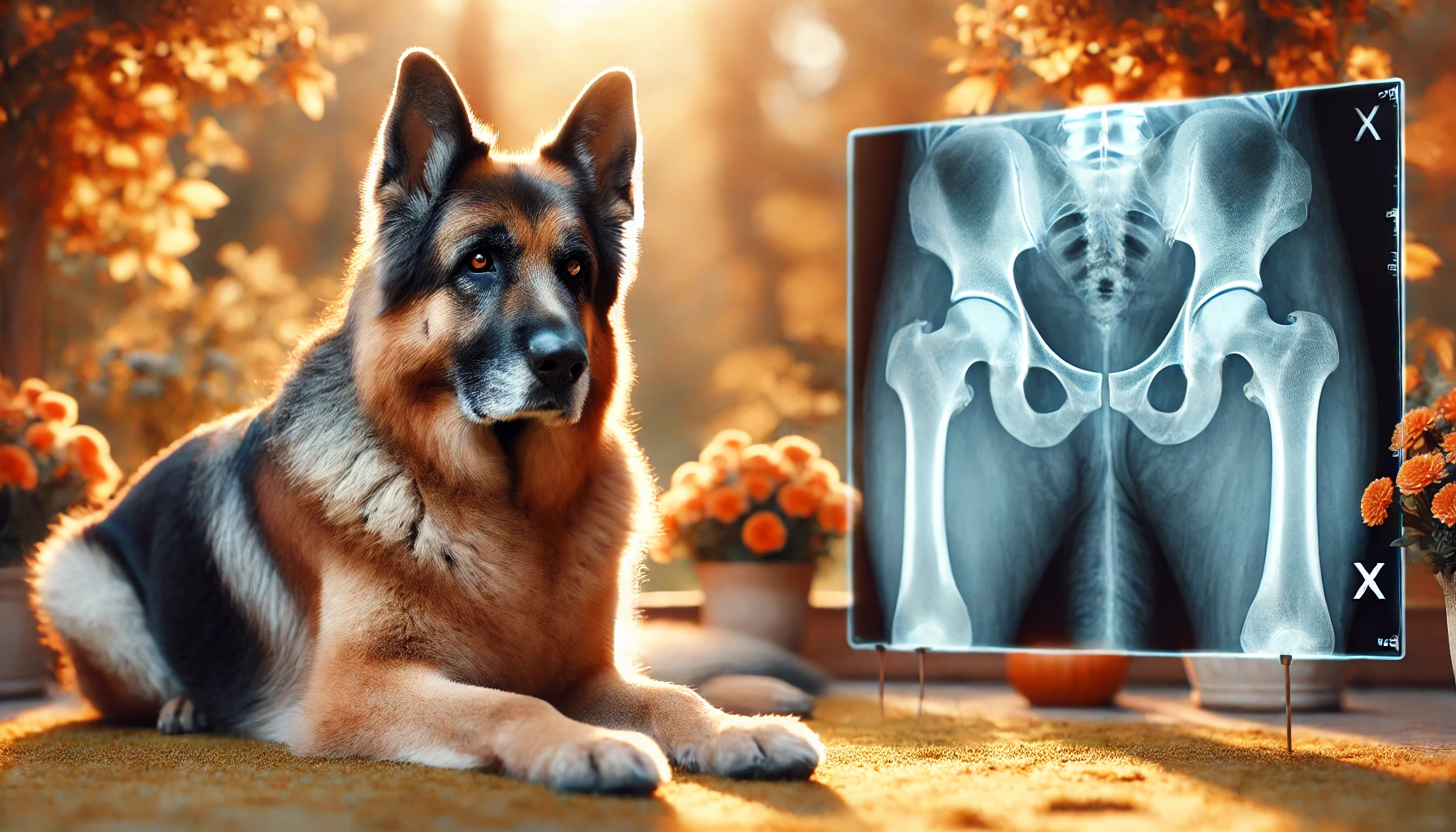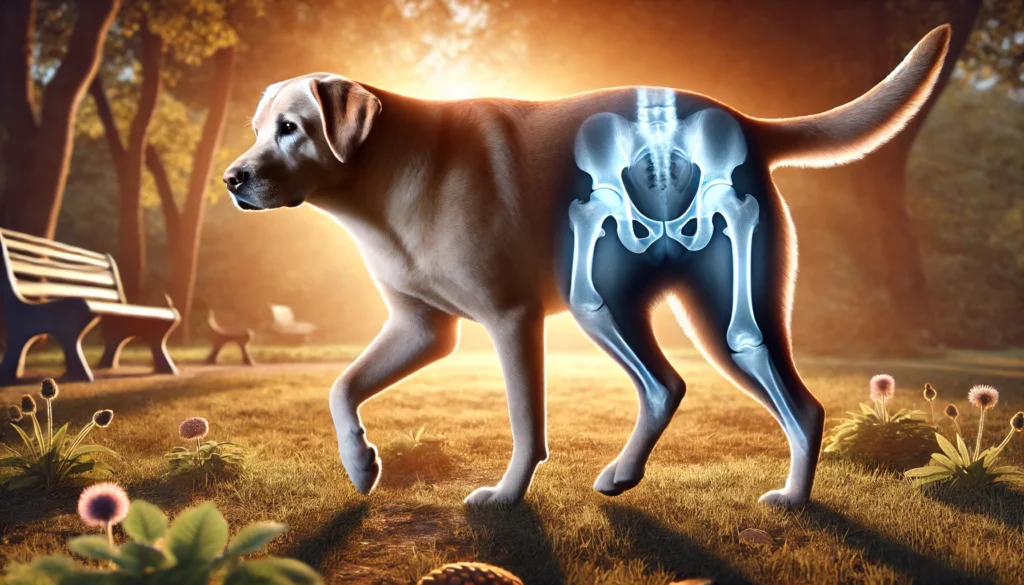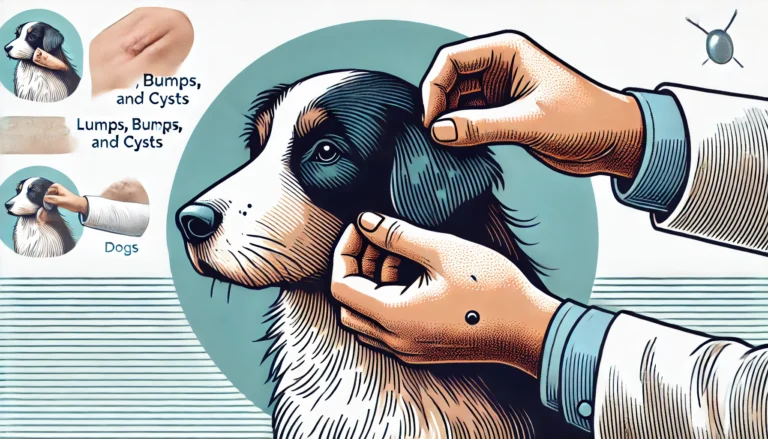Hip Dysplasia in Dogs: Signs, Treatment, Surgery

Introduction to Hip Dysplasia
Hip dysplasia is a prevalent condition among dogs, characterized by a malformation and subsequent deterioration of the hip joints. This condition, often seen in larger breeds such as German Shepherds, Labrador Retrievers, and Bulldogs, can also affect smaller breeds and is a leading cause of arthritis and mobility problems in dogs.
Causes of Hip Dysplasia
Hip dysplasia in dogs results from a combination of genetic and environmental factors. The condition is primarily hereditary, passed down from one generation to the next, affecting how the hip joint develops. However, factors like improper diet, rapid growth during puppyhood, and incorrect types of exercise can exacerbate the issue. Understanding these risk factors is crucial in prevention and early intervention.

Recognizing the Symptoms
Early detection of Hip Dysplasia in Dogs can significantly impact the management of the condition. Symptoms often start subtly and may include signs such as difficulty standing up, reluctance to jump or run, and a noticeable ‘bunny hopping’ gait. More apparent signs, like a dog’s hips clicking when walking or pain, should prompt a visit to the veterinarian.
Diagnostic Techniques
Veterinary diagnosis of Hip Dysplasia in Dogs involves a thorough physical examination and the use of imaging tools such as X-rays. These images help in assessing the severity of the joint’s deterioration and plan the appropriate treatment. Advanced cases may require CT scans or MRIs for a more detailed view.
Treatment Strategies
Treatment for hip dysplasia ranges from non-surgical approaches to surgical interventions, depending on the severity and the dog’s overall health.
do you know
Pomeranian Dog with their captivating fluff and vivacious personalities, are more than just pets; they’re companions that brighten their owners’ lives.
Non-Surgical Treatments
- Weight Management: Maintaining an optimal weight reduces strain on the joints.
- Physical Therapy: Exercises designed to strengthen the muscles around the hip joint can improve support and mobility.
- Pain Management: NSAIDs and other medications can help manage inflammation and pain.
- Diet and Supplements: High-quality diets and supplements such as glucosamine may support joint health.
Surgical Options
- Total Hip Replacement: Considered for severe cases, this procedure involves replacing the affected joint with an artificial one.
- Femoral Head Ostectomy (FHO): This surgery involves the removal of the head of the femur to alleviate pain.
- Triple Pelvic Osteotomy (TPO): Best suited for young dogs without arthritis, this surgery corrects the hip alignment.
Living with Hip Dysplasia
Managing with Hip Dysplasia in Dogs requires adjustments to their living environment and routine. Providing supportive bedding, ensuring floors are slip-free, and using ramps can significantly enhance a dog’s quality of life. Pain management strategies and regular check-ups are essential to keep them comfortable.
Preventative Measures
Preventing hip Hip Dysplasia in Dogs focuses on responsible breeding practices, proper nutrition during the growth phase, and appropriate exercise that does not overexert the joints. Regular veterinary examinations can catch early signs before they progress.
Conclusion
While hip dysplasia can be a challenging condition for both dogs and their owners, understanding the causes, recognizing the symptoms early, and implementing effective management strategies can help affected dogs lead active and comfortable lives.
How long can dogs live with hip dysplasia?
Dogs can live a full lifespan with hip dysplasia, but their quality of life depends on treatment and management.
What are the first signs of hip dysplasia in dogs?
Early signs include difficulty rising, limping after exercise, and reluctance to jump or run.
Can Hip Dysplasia in Dogs be fixed?
It cannot be completely cured, but treatments can significantly improve symptoms and quality of life.
Should you walk a dog with hip dysplasia?
Yes, but keep walks short and gentle to avoid strain on the hips.
How to strengthen a dog’s hips?
Regular, low-impact exercise like swimming or slow walks, and specific physiotherapy exercises can help.
Is Hip Dysplasia in Dogs painful?
Yes, it can be quite painful, especially as the condition progresses or after strenuous activity.
Will dog cry with hip dysplasia?
Dogs might cry or whine from discomfort or pain, particularly during movements that stress the hips.
Can you fix hip dysplasia without surgery?
Non-surgical options like weight management, physiotherapy, and pain relief can manage symptoms but won’t “fix” the dysplasia.
Can hip dysplasia fix itself?
No, hip dysplasia will not heal itself; it requires intervention to manage symptoms.






